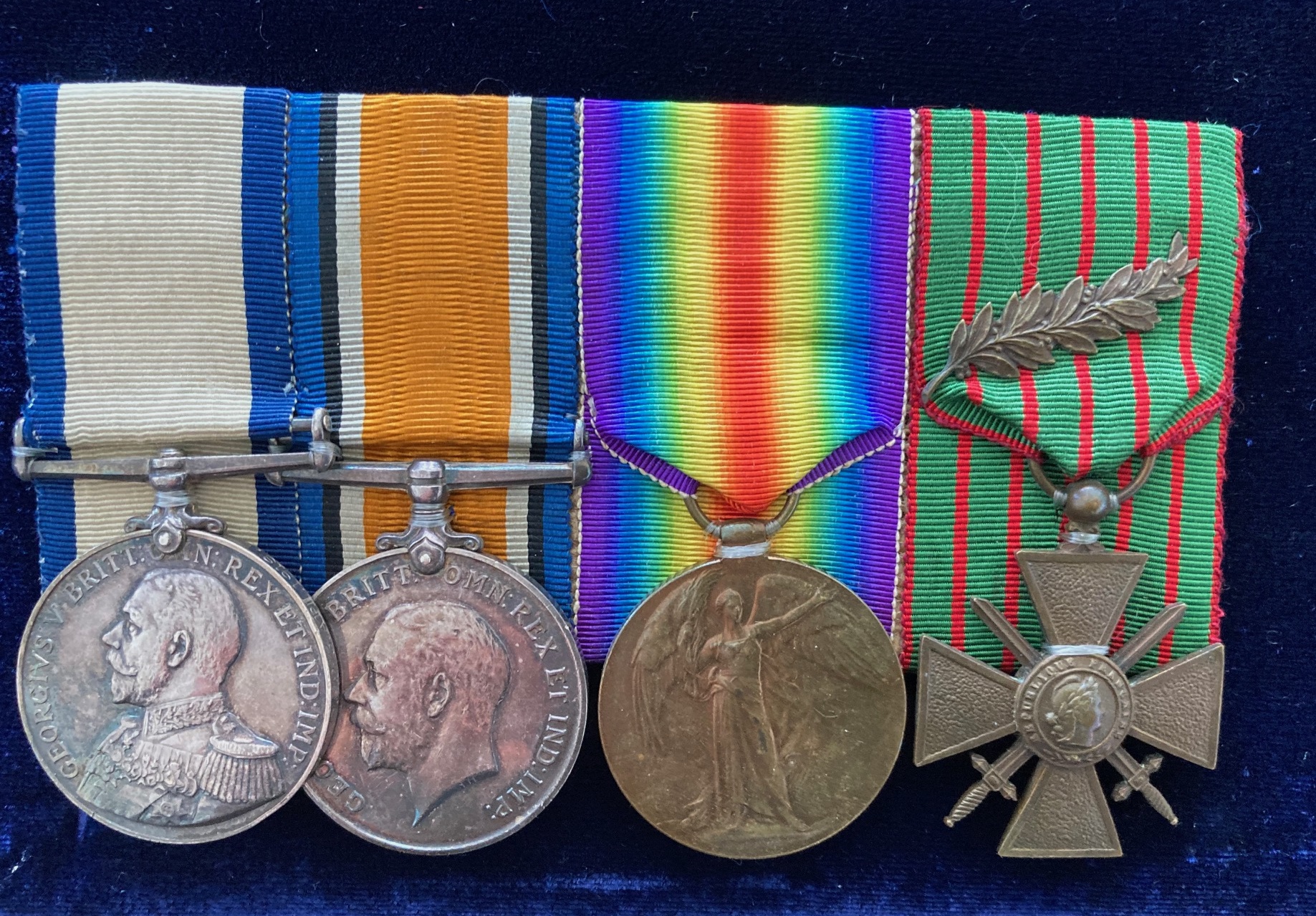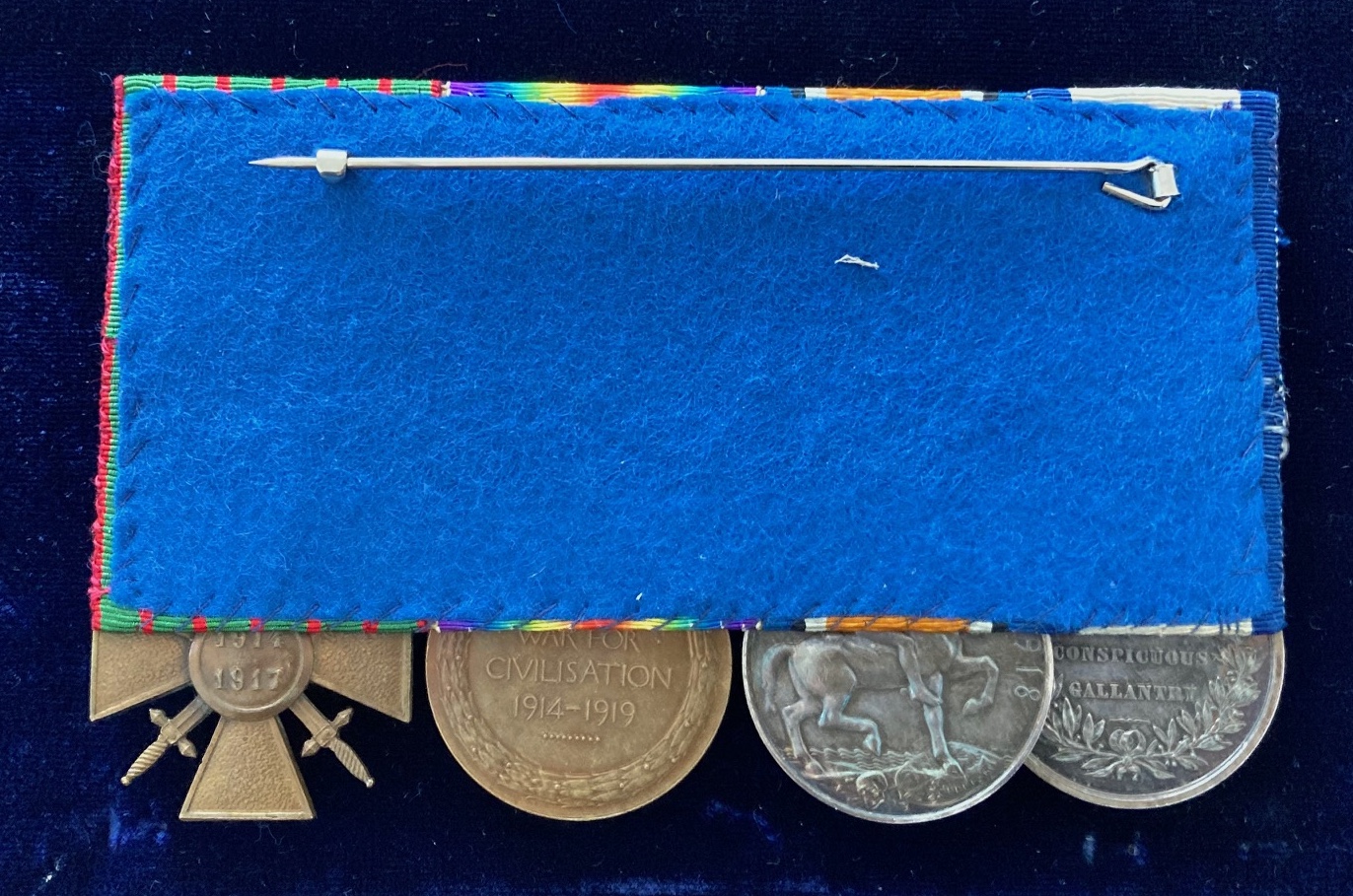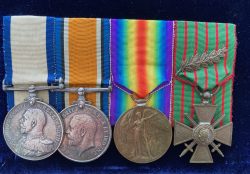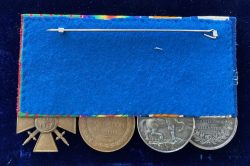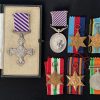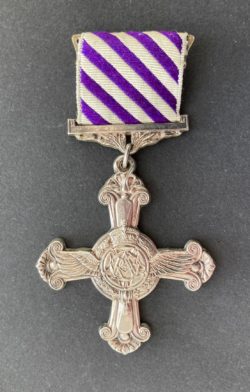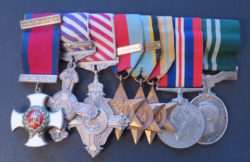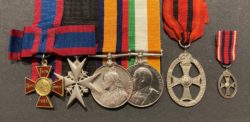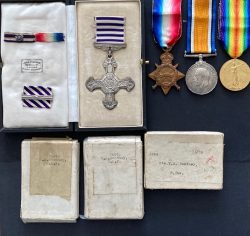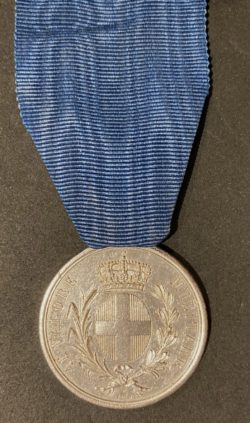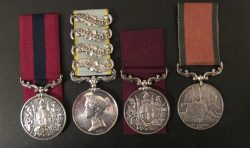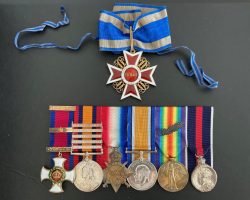Superlative Great War C.G.M. group to Chief Motor Mechanic S. H. Fox, R.N.V.R. award for exceptional gallantry in Percy Dean V.C.’s M.L. 282 in the St. George’s Day raid on Zeebrugge , 1918
£17,500.00
1 in stock
Conspicuous Gallantry Medal, (GV) (M.B.1872. S. H. Fox. Ch. M.M., R.N.V.R. Zeebrugge-Ostend 22-3. Apl. 1918.) British War Medal, Victory Medal C.M.M. R.N.V.R.); France 1914 1917, with bronze palm,
Sydney Harold Fox
Olds court mounted
C.G.M. London Gazette 23 July 1918:
‘The following awards have also been approved.’
The original (joint) recommendation states:
‘The three ratings above mentioned were amongst those who volunteered to man Motor Launches detailed to rescue the crews of the blockships, and it was largely due to the coolness and courage with which the crews of these Motor Launches carried out their duties that so many officers and men were rescued. These three men displayed most conspicuous gallantry in the face of intense gun and machine-gun fire at short range.’
French Croix de Guerre: issued by authority of the Marine Nationale, Paris, 28 August 1918:
‘He volunteered to go out in a motor boat to pick up the crew of blockships under intense artillery and machine gun fire.’
The. Victoria Cross citation encapsulates the epic services of M.L.282
‘For most conspicuous gallantry. Lieutenant Dean handled his boat [M.L. 282] in a most magnificent and heroic manner when embarking the officers and men from the blockships at Zeebrugge. He followed the blockships in and closed Intrepid and Iphigenia under a constant and deadly fire from machine-guns at point blank range, embarking over one hundred officers and men. This completed, he was proceeding out of the canal, when he heard that an officer was in the water. He returned, rescued him, and then proceeded, handling his boat throughout as calmly as if engaged in a practice manoeuvre. Three men were shot down at his side whilst he conned his ship. On clearing the entrance to the canal the steering gear broke down. He manoeuvred his boat by the engines, and avoided complete destruction by steering so close in under the Mole that the guns in the batteries could not depress sufficiently to fire on to the boat. The whole of this operation was carried out under a constant machine-gun fire at a few yards range. It was solely due to this officer’s courage and daring that M.L. 282 succeeded in saving so many valuable lives.’
Sydney Harold Fox was born at Wellington, New Zealand, on 19 June 1892, and joined the Royal Navy at that location as a Motor Mechanic in October 1916. He subsequently served in Motor Launches (M.L.s) of Attentive III from March 1917, was promoted to Chief Motor Mechanic on 1 July 1917, In March 1918, he volunteered for the Zeebrugge raid as a Chief Motor Mechanic in M.L. 282.
The extraordinary exploits of M.L. 282 in the epic St. George’s Day raid on Zeebrugge in April 1918 resulted in the award of the aforementioned V.C. to 41-year-old Percy Dean, in addition to Fox’s C.G.M., a D.S.M. to fellow Motor Mechanic Edward Whitmarsh and a D.S.C. to Lieutenant Keith Wright. In his post-raid report, Dean made special mention of the ‘excellent work’ done by these men
The two-mile retreat from Zeebrugge, in full view of the enemy batteries on the Mole and elsewhere, probably created the greatest challenge of all. But Dean courageously responded by taking M.L. 282 right alongside the Mole wall, thus preventing the enemy gunners from being able to depress their guns low enough to engage him. Nonetheless, with his vessel crowded with over 100 men, many of them wounded or dying, it was an extraordinary feat to clear the harbour and gain the open sea, especially when the rudder was made redundant and it became necessary to steer directly by the engines – no doubt an episode in which Chief Motor Mechanic Fox proved to be a tower of strength: it was later discovered that the rudder’s steering lines had been obstructed by a corpse.
Ultimately M.L. 282 was met by Admiral Keyes’s flagship, H.M.S. Warwick, and all her ‘passengers’ safely embarked. Keyes was greatly impressed by what he saw, afterwards recording in his despatch that he was ‘much struck with the gallant bearing of Lieutenant Dean and the survivors of his crew. They were all volunteers, and nearly all had been wounded and several killed.’ Indeed, only four members of this gallant M.L.’s company came through unscathed, testament indeed to the ferocity of the enemy’s fire and the highest gallantry of Fox and his shipmates.
Fox subsequently served in M.L.’s in the Mediterranean from depot ship H.M.S. Caesar and further served in the British Caspian Flotilla to man C.M.B.’s in 1919, then to H.M.S. Julius at Constantinople, returning to the United Kingdom in March 1920 where he was discharged from the Navy on 20 June 1920.
A magnificent CGM

